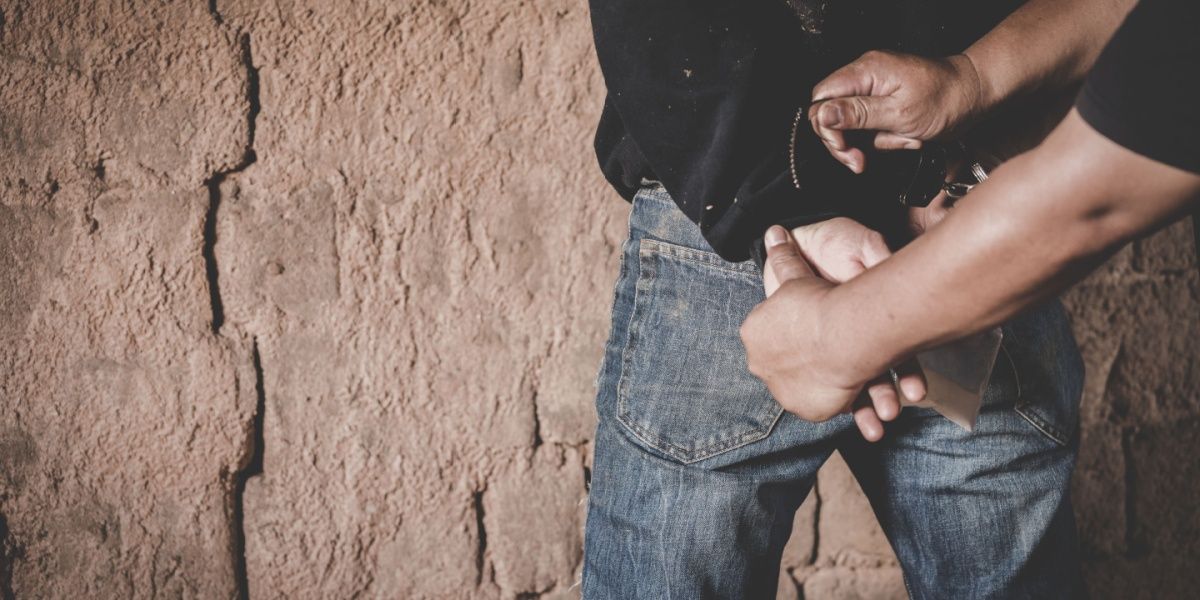When we talk about alcohol in recovery, the bigger picture of how laws shape drinking culture matters. One of the most significant laws in U.S. history regarding alcohol is the National Minimum Drinking Age Act of 1984 (NMDAA). This act set the stage for when young people could legally drink, reshaping public health and safety policies for decades.
- The NMDAA pressures states to enforce a drinking age of 21 by tying highway funding to compliance but doesn’t make drinking under 21 outright illegal at the federal level. [1]
- Exceptions and state-level variations exist, but most states set 21 as the minimum age for purchase and public possession.
- This law has saved thousands of lives by reducing drunk driving crashes and shaping attitudes toward alcohol use. [2][3]
.jpg?v=1762278971)
What does the National Minimum Drinking Age Act prohibit?
Contrary to popular belief, the NMDAA does not directly ban people under 21 from drinking alcohol. Instead, the act tells states to prohibit the purchase and public possession of alcohol by anyone under 21 to receive full federal highway funds. [1]
This means that:
- The act targets purchasing and public possession, not private consumption.
- The law doesn’t stop parents from allowing their children to drink at home in many states.
- The law doesn’t criminalize all underage drinking but sets conditions that states must enforce to maintain federal funding.
Exceptions to the prohibition
Many states carve out exceptions. Common ones include:
- Religious ceremonies (like communion wine).
- Parental consent in private homes.
- Medical purposes (prescribed medications with alcohol). [4]
State variations and enforcement practices
While the age of 21 is standard across the U.S., enforcement differs. Some states issue civil fines for underage possession, while others impose criminal charges. Local culture also affects how strictly laws are enforced. This patchwork leads to varying levels of exposure and consequences for young people.
Penalties for non-compliance
Financial penalties are often what motivate state compliance with the NMDAA. States that refused to adopt the 21-year-old minimum would risk losing 10% of their federal highway funding. For context, highway funds are a huge part of state budgets. This financial pressure made nearly every state comply quickly.
For individuals, penalties vary by state:
- Underage possession or purchase may result in fines, mandatory alcohol education, community service, or license suspension.
- In some jurisdictions, repeated offenses can leave young people with criminal records that affect jobs, college applications, or professional licenses. [2]
The history of the drinking age in the U.S.
Before 1984, the drinking age varied widely. During the 1970s, many states lowered their minimum drinking age to 18, aligning it with the voting age after the 26th Amendment. Unfortunately, this coincided with spikes in alcohol-related crashes among young drivers. Rising traffic fatalities created momentum for national reform.
Why did they set the minimum legal drinking age to 21?
Age 21 was not chosen at random. Research at the time showed that drivers under 21 were disproportionately involved in fatal crashes. By raising the legal drinking age, lawmakers hoped to reduce these deaths. Public health experts also pointed out that the brain continues to develop into the early twenties, making younger drinkers more vulnerable to addiction. [3]
The impact of the act: Why legal drinking age matters for public health & safety
The NMDAA has had a profound impact. Studies by the National Highway Traffic Safety Administration (NHTSA) estimate that raising the drinking age to 21 has saved over 31,000 lives since 1975. [3]
From a recovery standpoint, this matters. The earlier people start drinking, the greater their risk of developing alcohol use disorder. [5] According to the National Institute on Alcohol Abuse and Alcoholism (NIAAA), individuals who begin drinking before age 15 are four times more likely to develop alcohol dependence compared to those who start at 21. [4]
Of course, not everyone agrees with the act. Critics argue that the law pushes drinking underground, encouraging binge drinking in unsupervised settings like dorms and house parties. Others point out that in countries with lower drinking ages, young people may develop healthier, more moderate drinking habits. Yet, large-scale data consistently show that the U.S. minimum age has reduced drunk driving and saved lives, even if cultural factors complicate the picture. [2]
Minimum drinking age comparison by country
CambSeveral countries set their minimum legal drinking age lower than the U.S., with some of the youngest at 16 years old, such as Germany, Austria, Belgium, and parts of Switzerland, where beer and wine are permitted earlier than spirits, which generally require buyers to be 18. [6]
Other nations, including Canada, Mexico, and Australia, typically set the limit at 18, though this can vary by province or state. [7] In South Korea, the drinking age is officially 19, but the traditional age system often makes it effectively 18 in international terms. [8]
At the same time, many countries place more emphasis on restricting alcohol purchases rather than consumption itself, meaning that private drinking at home may not be regulated. For instance, in Italy, Greece, Portugal, and Denmark, there is no minimum age for drinking, though the age for purchasing alcohol is usually 16 or 18. [9]
Similarly, in some Asian countries like Vietnam and Cambodia, there have historically been no minimum age laws for drinking at all, though new regulations are emerging. [10] Overall, the global picture varies widely: some nations prioritize limiting purchase and public access, while others do not prohibit underage consumption at all.
| Country | Minimum Drinking Age | Notes |
|---|---|---|
| Japan | 20 | Strict enforcement |
| Canada | 18-19 | Varies by province |
| South Korea | 19 | Enforcement varies |
| Mexico | 18 | Cultural tolerance for moderate drinking |
| Germany | 16 (beer/wine), 18 (spirits) | Some regional flexibility |
| Italy | 18 | U.S. territory, different law |
| Puerto Rico | 18 | Historically lower, now standardized |
| France | 18 | Strong pub culture |
| Ireland | 18 | Based on the Korean age reckoning |
| Spain | 18 | Cultural acceptance of early exposure |
| Vietnam | No restrictions | |
| Cambodia | No restrictions |
Conclusion
For those in recovery, understanding the impact of the National Minimum Drinking Age Act of 1984 is a reminder of how much alcohol use is shaped not just by personal choice but by policy, culture, and community.
By setting 21 as the minimum age, the U.S. chose to prioritize public health and safety, even if the conversation around drinking continues to evolve. Recognizing these legal and cultural boundaries can be another layer of support in making healthier choices moving forward.



-guide-detail.jpg?v=1722501922)
